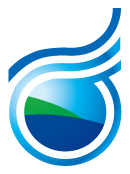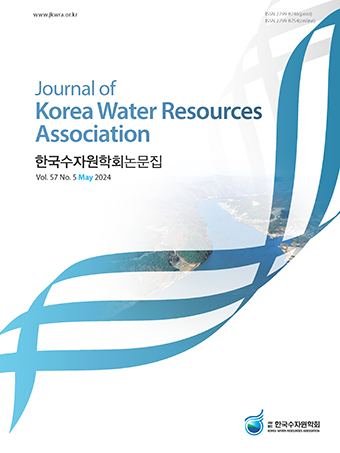Research Article
Abstract
References
Information
Jung, C., Jang, W., and Kim, S. (2016). “Spatial rainfall considering elevation and estimation of rain erosivity factor R in revised USLE using 1 minute rainfall data and program development.” Journal of the Korean Association of Geographic Information Studies, Vol. 19, No. 4, pp. 130-145.
10.11108/kagis.2016.19.4.130- Publisher :KOREA WATER RESOURECES ASSOCIATION
- Publisher(Ko) :한국수자원학회
- Journal Title :Journal of Korea Water Resources Association
- Journal Title(Ko) :한국수자원학회 논문집
- Volume : 51
- No :9
- Pages :783-793
- Received Date : 2018-07-04
- Revised Date : 2018-07-28
- Accepted Date : 2018-07-28
- DOI :https://doi.org/10.3741/JKWRA.2018.51.9.783




 Journal of Korea Water Resources Association
Journal of Korea Water Resources Association










